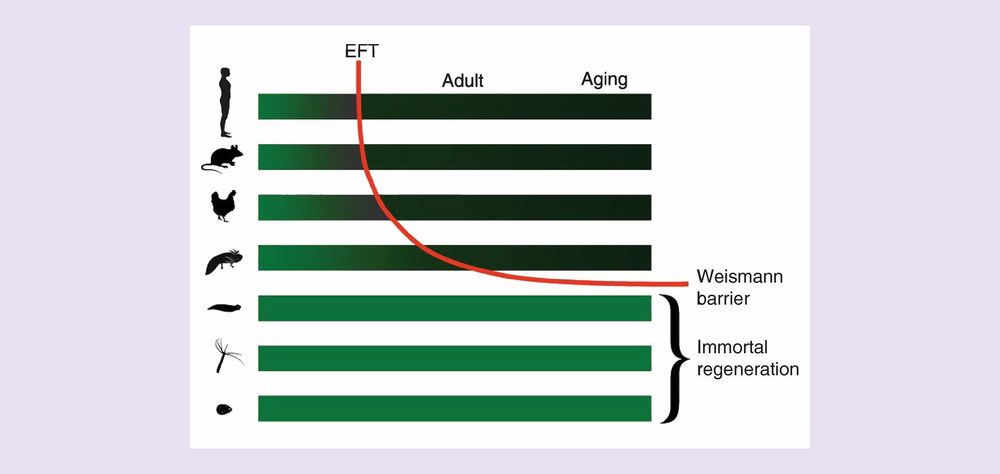ARLINGTON, Va. — The Army successfully tested its ability to redirect munitions in flight Aug. 28 in an experiment over the Mohave Desert involving an unmanned aircraft, smart sensors and artificial intelligence.
It was the “signature experiment for FY19” said Brig. Gen. Walter T. Rugen, director of the Future Vertical Lift Cross-Functional Team, speaking Thursday at the Association of the U.S. Army’s “Hot Topic” forum on aviation.
The experiment at Naval Air Weapons Station China Lake, California, tested a capability developed by his CFT called A3I, standing for Architecture, Automation, Autonomy and Interfaces.






